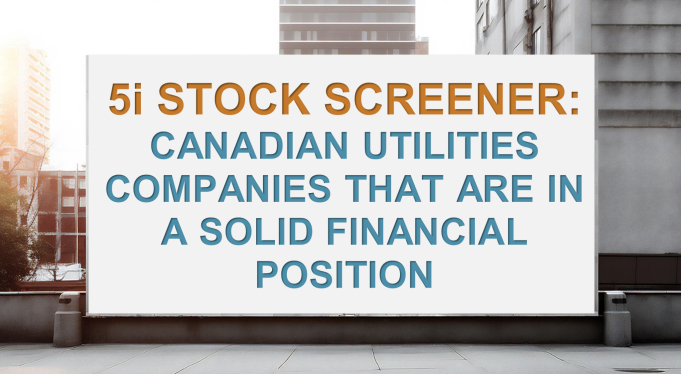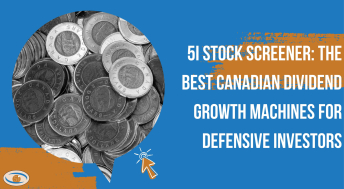In the last few years, central banks around the world have consistently raised interest rates to tamp down global inflation which resulted from easy monetary policies during the pandemic. However, given inflation seems to be quite persistent due to the oil supply shortage and a strong labour market, economists are currently expecting rates will stay higher for longer in order to tackle inflation completely.
Consequently, the utility sector in general has been under tremendous pressure due to that sentiment change. Historically, the utility industry is a direct competitor for capital with bonds, given that the industry has historically been a stable, predictable dividend grower, investors largely consider it to be a “bond proxy”. However, a persistently high interest rate environment not only squeezes the profitability of these utility names, as interest expenses for the general industry become more expensive (most of these companies have high debt levels), or even worse is a liquidity issue for some highly leveraged names. The interest rate hikes also reduce the attractiveness of the dividend yield, as income investors can now get a relatively risk-free yield of around 5% without taking the equity risk.
Below we have screened for companies with the following criteria:
- Canadian utilities industry
- Market cap larger than $100 million
- Earnings before interest and tax (EBIT)/ Interest Expense
- Net debt/EBITDA less than 6.0x
- Cash as a percentage of market capitalization
Here is the screener:
|
The criteria above reflect Canadian companies that operate in the utilities sector. Secondly, we screen companies’ leverage profiles with net debt/EBITDA metrics of less than 6.0x, we think beyond 6.0x is quite concerning for investors. This filter also helps investors gain a picture of the industry norms in terms of debt levels. We also present these companies with solid liquidity profiles in terms of EBIT/Interest expense coverage ratio (ability to cover interest expense), companies with strong earning power have a strong capability to meet near-term financial obligations.
As always, we prefer companies that are over $100 million in market cap, as these companies have proven themselves to be more mature, self-sustainable entities. Lastly, we present these companies’ cash as a percentage of market capitalization, this helps investors screen for financially solid companies compared to weak ones.
Members will recognize some of the names that we cover in our Model Portfolios and coverage list such as Brookfield Renewable (BEP.UN), Hydro One (H) and ATCO Ltd. (ACOX).
It is critical to note that the starting point of the Canadian utility universe is quite small, which only results in around 43 names in total. The industry is quite attractive for income investors seeking dividend yield and dividend growth, but most of these names have limited capital appreciation potential. In addition, the industry usually involves a high level of debt in order to make the industry economics appealing, which not every investor would be comfortable with.
Lastly, these companies on the list are not recommendations, but rather a starting point that helps investors generate potential investment ideas.






Comments
Login to post a comment.
So FTS misses the less than 6 criteria.